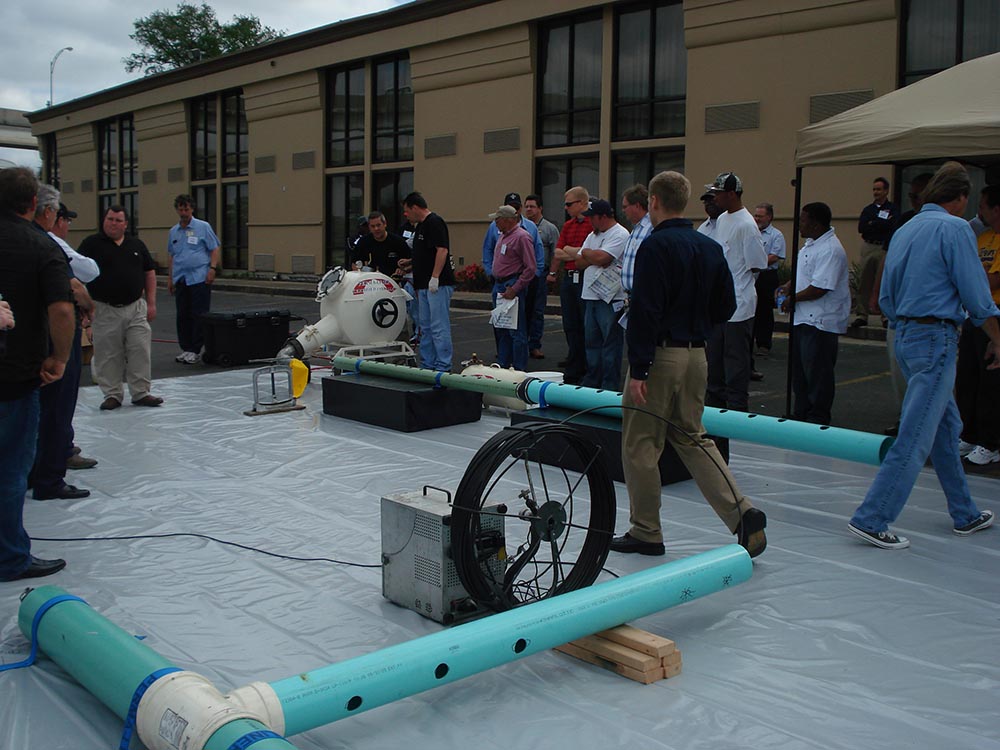Estuaries are places where rivers meet the sea and may be defined as areas where saltwater is measurably diluted with fresh water. On average, estuaries are biologically more productive than either the adjacent river or the sea because they have a special kind of water circulation that traps plant nutrients and stimulates primary production. The type of estuary is recognized according to the degree of mixing: one of these is a salt wedge estuary. A salt wedge estuary has minimal mixing and the saltwater forms a wedge, thickest at the seaward end, tapering to a very thin layer at the landward limit. The immersion of this wedge changes with the flow of the river.
During flood conditions the wedge will retreat; during low flows it will extend farther upriver. The mouth of the Mississippi River in the United States is a classic example. The mixing at the boundary between fresh and saltwater causes the surface layer to draw in saltwater and become more saline as it moves toward the sea to the Sound. A number of factors impact on the upstream movement of saltwater from the Gulf. The dominant factor is the volume of flow in the River. However, flow duration, channel slope, wind velocity and direction, tides, and water temperature all influence the movement of the saltwater.
New Orleans, SAVE THE DATE!!
Perma-Liner cordially invites you to an Event you won’t want to miss! Coming to Dallas, March 20th-24th is the NASTT No-Dig show. NASTT’s No-Dig Show is the largest trenchless technology conference in North America, where professionals attend to learn new techniques that will save money and improve infrastructure. Come and meet our staff and watch demonstrations of the latest pipeline technology. We’ll meet and greet you and answer all of the questions you have about our service and products. Meet you there!
Gaylord Texan Hotel & Convention Center
1501 Gaylord Trail
Grapevine, TX 76051










